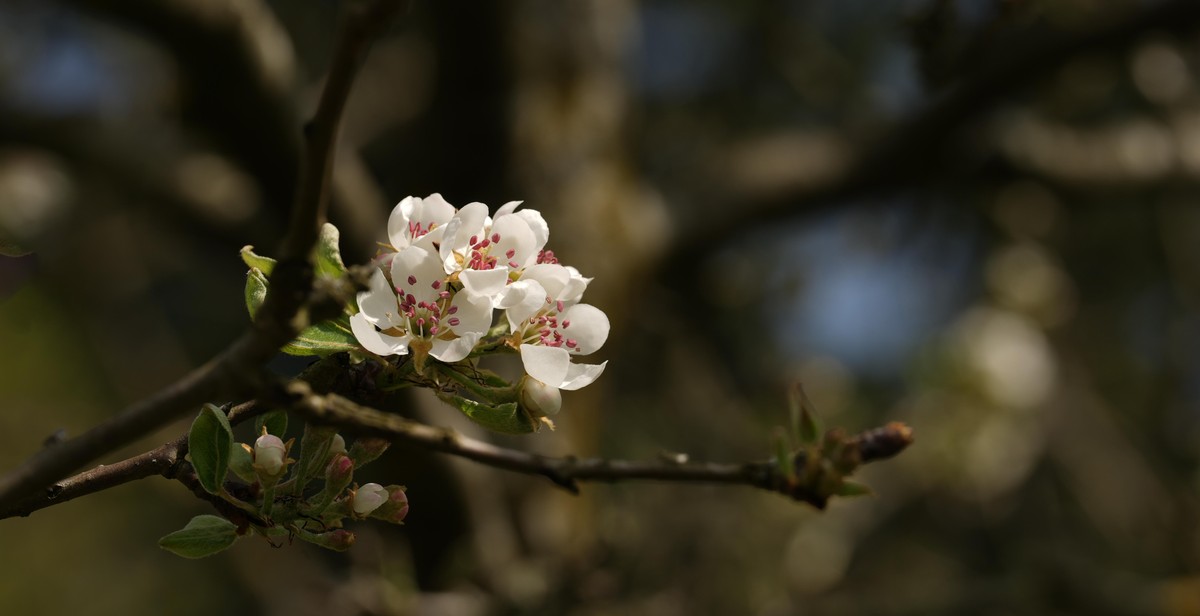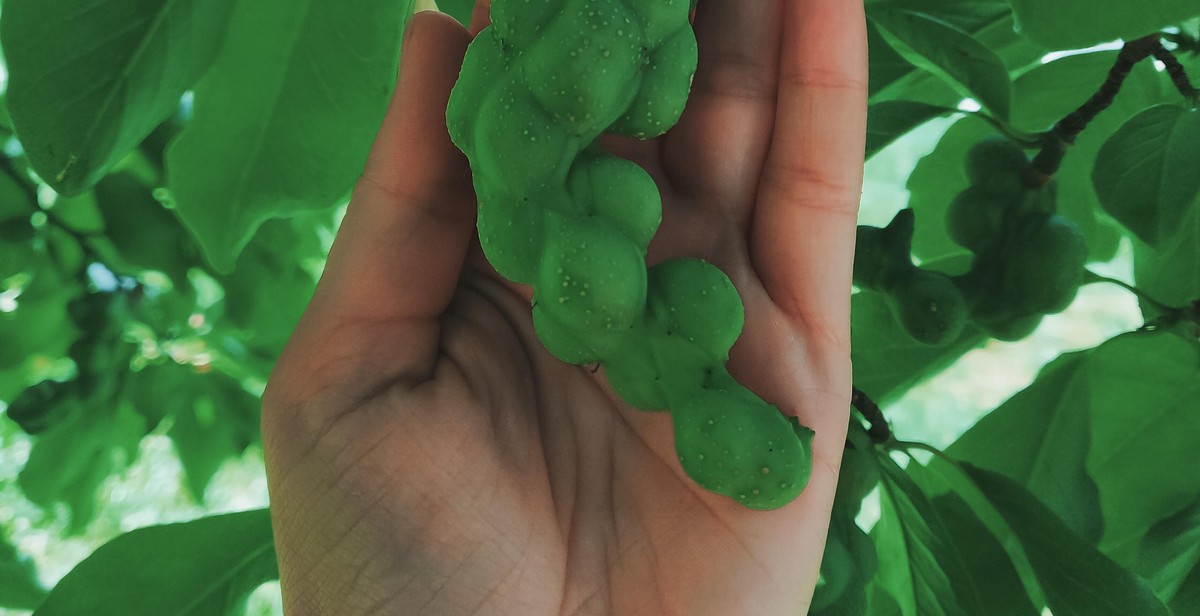How to Choose the Right Fruit Tree for Your Garden: Selecting Varieties Based on Climate and Space
Adding fruit trees to your garden is a great way to enhance its beauty, increase its value, and provide you with fresh, healthy produce. Fruit trees are not only aesthetically pleasing, but they also provide shade, attract wildlife, and improve air quality. However, choosing the right fruit tree for your garden can be a daunting task. There are numerous varieties to choose from, each with its own unique characteristics and requirements.
Why Choose Fruit Trees for Your Garden?
Planting fruit trees in your garden is a smart choice for many reasons. Firstly, they are a sustainable and environmentally friendly addition to your outdoor space. Secondly, they can provide a source of fresh produce for your family, reducing your dependence on store-bought fruits. Thirdly, they add beauty and value to your garden, creating a welcoming and relaxing environment for you and your loved ones to enjoy.
However, choosing the right fruit tree for your garden requires careful consideration of several factors, including climate, space, soil type, and more. In this article, we will guide you through the process of selecting the best fruit trees for your garden based on your unique needs and preferences.

Factors to Consider When Choosing a Fruit Tree
Choosing the right fruit tree for your garden can be a daunting task. There are several factors to consider, including climate, soil type, sunlight, and space. In this section, we will discuss each of these factors in detail to help you make an informed decision.
Climate
The climate of your region is one of the most important factors to consider when choosing a fruit tree. Different fruit trees thrive in different climates. Some fruit trees require a lot of heat and sunlight, while others prefer cooler temperatures and more moisture. Before you choose a fruit tree, research the climate requirements of the tree variety you are interested in. This will help ensure that your tree thrives and produces a good yield.
Soil Type
The soil type in your garden is another important factor to consider. Different fruit trees have different soil requirements. Some fruit trees prefer well-drained soil, while others prefer soil that retains moisture. Additionally, the pH level of the soil can affect the growth and yield of your fruit tree. Research the soil requirements of the fruit tree you are interested in and test your soil to ensure it is suitable for your chosen variety.
Sunlight
The amount of sunlight your garden receives is another important factor to consider when choosing a fruit tree. Some fruit trees require full sun to thrive, while others can tolerate partial shade. Before you choose a fruit tree, assess the amount of sunlight your garden receives throughout the day and choose a variety that suits your garden’s conditions.
Space
The amount of space available in your garden is another important factor to consider when choosing a fruit tree. Some fruit trees can grow quite large, while others are more compact. Before you choose a fruit tree, consider the mature size of the tree and ensure that you have enough space in your garden to accommodate it. Additionally, consider the root system of the tree and ensure that it will not interfere with any existing structures or utilities.
| Factor | Considerations |
|---|---|
| Climate | Research the climate requirements of the fruit tree variety you are interested in. |
| Soil Type | Research the soil requirements of the fruit tree variety you are interested in and test your soil to ensure it is suitable. |
| Sunlight | Assess the amount of sunlight your garden receives throughout the day and choose a variety that suits your garden’s conditions. |
| Space | Consider the mature size of the tree and ensure that you have enough space in your garden to accommodate it. Additionally, consider the root system of the tree. |
By considering these four factors – climate, soil type, sunlight, and space – you can choose the right fruit tree for your garden and ensure that it thrives and produces a good yield.

Types of Fruit Trees
When selecting a fruit tree for your garden, it is important to consider the climate and space available. Here are some popular types of fruit trees to choose from:
Apple Trees
Apple trees are a popular choice for many gardeners due to their versatility. There are many varieties of apple trees available, including those that are best suited for cold climates, those that are disease-resistant, and those that produce large or small fruit. Some popular apple tree varieties include Honeycrisp, Granny Smith, and Red Delicious.
Cherry Trees
Cherry trees are a great option for those who want a fruit tree that is both beautiful and productive. There are two main types of cherry trees: sweet and sour. Sweet cherry trees are best suited for areas with mild winters, while sour cherry trees can tolerate colder temperatures. Some popular cherry tree varieties include Bing, Rainier, and Montmorency.
Peach Trees
Peach trees are a great option for those who live in warmer climates. They require full sun and well-drained soil to thrive. Some popular peach tree varieties include Elberta, Redhaven, and Belle of Georgia.
Plum Trees
Plum trees are a great option for those who want a fruit tree that is easy to care for. They are relatively disease-resistant and can tolerate a wide range of temperatures. Some popular plum tree varieties include Santa Rosa, Methley, and Shiro.
Citrus Trees
Citrus trees are a great option for those who live in warm, sunny climates. They require full sun and well-drained soil to thrive. Some popular citrus tree varieties include Meyer lemon, Valencia orange, and Ruby Red grapefruit.
| Fruit Tree | Climate | Popular Varieties |
|---|---|---|
| Apple Trees | Cold to mild | Honeycrisp, Granny Smith, Red Delicious |
| Cherry Trees | Mild to cold | Bing, Rainier, Montmorency |
| Peach Trees | Warm | Elberta, Redhaven, Belle of Georgia |
| Plum Trees | Wide range | Santa Rosa, Methley, Shiro |
| Citrus Trees | Warm | Meyer lemon, Valencia orange, Ruby Red grapefruit |

Choosing Your Fruit Tree
Choosing the right fruit tree for your garden can be a daunting task, but it doesn’t have to be. By considering the three main factors – climate, space, and rootstock – you can select the perfect variety for your needs.
Choosing the Right Variety for Your Climate
Not all fruit trees thrive in every climate. It’s important to choose a variety that is suited to your region’s weather patterns. Some fruit trees require a certain number of chilling hours to produce fruit, while others need a warmer climate to thrive. Research the specific needs of the fruit tree varieties you are considering and make sure they align with your climate.
- In colder climates, apple, pear, and cherry trees are good options.
- In warmer climates, citrus, fig, and avocado trees are better suited.
- If you live in a region with mild winters and hot summers, peach, nectarine, and plum trees are a great choice.
Choosing the Right Size for Your Space
When selecting a fruit tree, it’s essential to consider the space you have available. Fruit trees come in different sizes, from dwarf to standard, and each size has specific space requirements.
| Tree Size | Space Requirements |
|---|---|
| Dwarf | 6-8 feet in diameter |
| Semi-dwarf | 10-15 feet in diameter |
| Standard | 20-30 feet in diameter |
If you have a small garden or want to grow fruit trees in containers, dwarf or semi-dwarf trees are the best options. If you have a large garden or orchard, standard trees may be more appropriate.
Choosing the Right Rootstock
The rootstock is the base of the tree onto which the fruiting variety is grafted. The rootstock determines the size of the tree, its resistance to pests and diseases, and its ability to tolerate different soil types and environmental conditions.
When selecting a fruit tree, make sure to choose a rootstock that is compatible with your soil and climate. Some rootstocks are more tolerant of wet or dry soil, while others are resistant to certain pests and diseases.
By considering these three factors – climate, space, and rootstock – you can choose the perfect fruit tree for your garden. Remember to research the specific needs of each variety and consult with a local nursery or gardening expert if you have any questions or concerns.

Planting and Caring for Your Fruit Tree
Preparing the Soil
Before planting your fruit tree, it is important to prepare the soil properly. Start by removing any weeds or grass in the area where you plan to plant the tree. Dig a hole that is twice the size of the root ball of the tree. Mix in some organic matter such as compost or well-rotted manure with the soil to improve its fertility. Make sure the soil is well-drained and has a pH level of around 6.0 to 6.5, which is ideal for most fruit trees.
Planting the Tree
When planting your fruit tree, make sure the graft union is above the soil level. Gently spread out the roots in the hole and backfill with the soil mixture. Tamp down the soil firmly around the tree to remove any air pockets. Water the tree thoroughly to help settle the soil.
Watering and Fertilizing
Water your fruit tree deeply once a week during the growing season, and adjust the frequency depending on the weather conditions. Fertilize your tree in early spring with a balanced fertilizer that contains nitrogen, phosphorus, and potassium. Avoid over-fertilizing, as this can lead to excessive vegetative growth and reduce fruit production.
Pruning and Training
Pruning your fruit tree is important to promote healthy growth and maximize fruit production. Prune your tree in late winter or early spring before new growth appears. Remove any dead or diseased wood, and thin out any crossing branches. Also, train your fruit tree to a central leader system to encourage a strong and sturdy framework.
Conclusion
By following these planting and caring tips, you can ensure that your fruit tree will thrive and produce a bountiful harvest for years to come. Remember to choose the right variety based on your climate and space, and enjoy the fruits of your labor!
